“People often praise Set lagoon perch and West Lake perch, but I think these fish are similar to fish from other places. It’s just that in the past, there were many of them in this area and people used to eat them. Now, Set lagoon is gone, so of course there are no more perch,” said Mr. Duc.
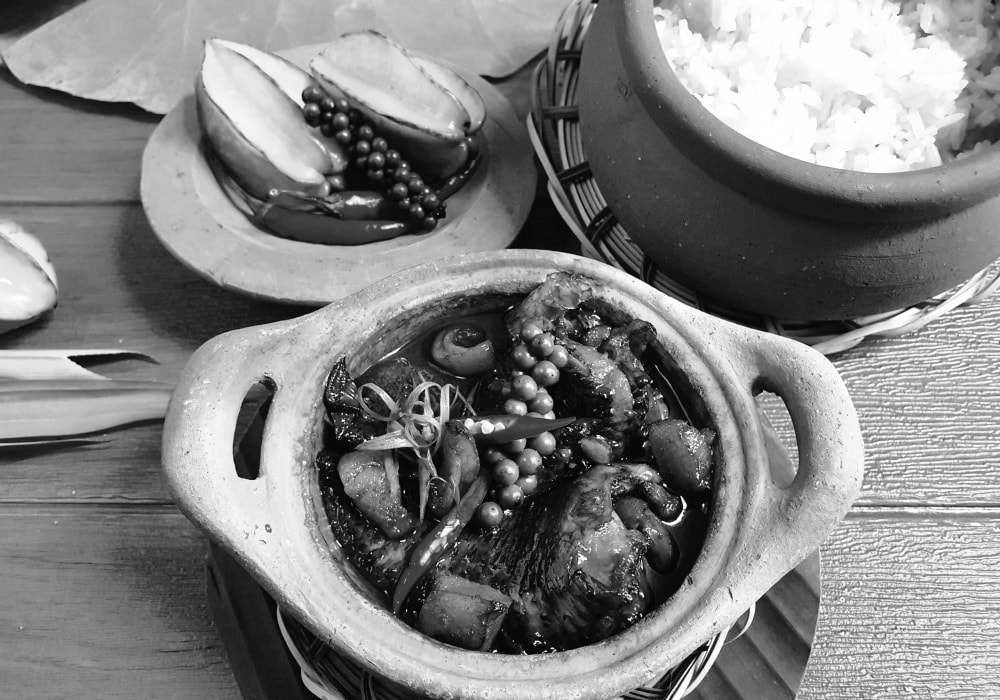
Mr. Bui Huu Duc, 75 years old, is from Thinh Liet village, formerly known as Set village. A section of Kim Nguu river flows through the village, so people also call that section of the river Set river. At this point, the river swells to form a pond. In the pond, there are many lotus plants and many perch.
La melon, Lang basil, Dam coriander (variant: Dam coriander)/Set Dam perch, West Lake ginseng. Quang lychee, Lang basil, Dam coriander/Set Dam perch, West Lake ginseng.
Some documents say that “La melon” is a melon grown in La, a general name for the villages of Y La, La Noi, La Khe, La Du, La Duong, La Phu, La Tinh in Tu Liem district, Son Tay town in the past, now Ha Dong district and Hoai Duc district, Hanoi . In the past, these seven villages all had a traditional weaving profession. The word “la” here means silk fabric, or silk weaving, weaving thread. However, books only talk a lot about the weaving profession in La villages, it is not clear what is special about La melon.
As everyone knows, Lang basil is grown in Lang village, now in Lang Thuong ward, Dong Da district, Hanoi. The village has a vegetable growing profession, the most famous of which is basil. Lang basil when grown in the village has a very special flavor, this flavor is lost if grown in another village.
"Quang" is the shortened name of Quang Liet village (Ke Quang), now in Thanh Liet commune, Thanh Tri district, Hanoi, the hometown of Chu Van An, famous for many agricultural products: Quang village has lychee and melon fields everywhere/Corn and potatoes fields everywhere, longan in Van hamlet.
There are many other folk songs and proverbs about the products of the ancient Thang Long region with many different versions, but the common point that no one disputes is "West Lake ginseng and "Set lagoon perch", which is the lagoon in Set village. Besides Set lagoon, in the village area there is also Dai lagoon.
Thinh Liet is located south of the ancient Thang Long Citadel. According to ethnologist Bui Xuan Dinh, the village's Nom name is Set village. In the past, Thinh Liet had 9 hamlets, from Giap Nhat to Giap Cuu. Later, there were 8 hamlets left, then separated into 8 separate villages, using the hamlets' names to name the villages: Giap Nhat, Giap Nhi, Giap Tam... At the beginning of the 20th century, only Giap Nhat, Giap Nhi, Giap Tu, Giap Luc and Giap Bat remained because Giap Tam and Giap Ngu merged into Giap Nhi, Giap That merged into Giap Bat. These five villages were upgraded to 5 independent communes, together with Tuong Mai commune to form Thinh Liet commune, also known as Set commune, Thanh Tri district.
Ancient documents and steles in temples and pagodas in the Thinh Liet area recorded that during the Later Le Dynasty, in the 17th and 18th centuries, Ms. Dang Thi Ngoc Dao, wife of Thanh To Triet Vuong Trinh Tung, opened rivers, markets, and bridges, helping Set commune to have bustling boats and buyers.
Tong Set was originally a low-lying area with many lakes and ponds. Later, when the capital expanded and developed, this was the place for drainage. At that time, the water was not heavily polluted, and aquatic products developed rapidly. In addition to farmed fish such as carp, silver carp, grass carp, and bighead carp, there were countless natural aquatic resources, especially perch, shrimp, prawns, crabs, snails, frogs, etc.
People say that at this time, Set market has sky above and fish below. Many people come here to buy wholesale and retail throughout the capital.
But then the stars changed, time changed many things. “In the 1980s, the water source gradually dried up, then houses were built, and Set lagoon is now just a thing of the past,” said Mr. Bui Huu Duc.
Mr. Duc said that decades ago, when Set lagoon was still there, every time there was a storm and the water rose, the local people would go around the lagoon bank to catch perch that were pulled up by the water, each one was completely black, with its dorsal fin raised like a fan. The water overflowed the bank and flowed across the road, and the perch kept coming up. Many people said that the largest Set lagoon perch was only the size of three fingertips, with a light yellow color. Hearing the sound of Set lagoon perch, some people took this fish to release elsewhere to breed them, but they could not develop, the fish became smaller, the light yellow color turned dark, and they did not taste as fragrant and fatty as the fish in Set lagoon. Perhaps these stories were just fabrications to add more flavor to the sound of Set lagoon perch, because no one had any evidence or experiments to confirm this.
“Back then, the lagoon was still there, domestic and industrial wastewater was not as heavy as it is now, so there were a lot of fish in Thanh Tri. People in the area ate fish all year round, so they came up with many ways to prepare it,” said Mr. Duc. As for tilapia, people often made three main dishes: fried, stewed, and cooked in cabbage soup.
To fry crispy perch, only use small fish, about the size of a finger. Larger fish have hard bones and are not good to fry. To make this dish, the chef puts lard, later cooking oil, into the pan, lets it get very hot before adding the fish. The firewood should be medium, not too big or too small. Fry until the fish is golden brown and curls up like a hammock. Add good fish sauce, garlic and chili, and if you like more flavor, squeeze some lemon.
But Mr. Duc said that the best dish for him is braised Set lagoon perch, and it must be braised in a clay pot to be according to the book. The fish is fried until crispy, leaving the scales on, but the fish braised in a clay pot must have the scales removed, because the type of fish used for braising is large, with hard scales that are inedible. After cleaning the fish, people drain the water and add fish sauce, salt, ginger, and some people add galangal. The pot of fish is boiled and simmered over low heat. When the water is almost gone, the pot of fish is taken down, wrapped in banana leaves and buried in a pile of rice husks that have been smoldering for many hours. The finished dish is when the fish bones are rotten. "On a cold rainy day, there is nothing better than having a pot of braised perch with hot rice," said Mr. Duc.
The third dish is equally interesting: perch cooked in cabbage soup. Boil the large fish, then remove the meat and eggs and marinate them with fish sauce and a little ginger. Pound the remaining head and bones in a mortar until soft, then add them to the pot of fish broth, then filter and discard the pulp. Wash the Mo cabbage (Mo village cabbage, or Hoang Mai village cabbage), cut it into two finger-length pieces, and add it to the pot of boiling fish broth. When the vegetables are cooked, add the meat and fish eggs, add ginger, season with fish sauce and salt to taste, and enjoy.
Mr. Bui Huu Duc said that sometimes his family still goes to the market to buy crispy fried perch, and large field perch to cook with vegetable soup. But only old people like him know the taste of Set lagoon perch in the past. He said that Set lagoon perch is not necessarily more delicious than perch from other places, but the reputation of this product spread far and wide, perhaps thanks to the elegance and grace of Thang Long, Hanoi in the past.
Mr. Duc's words must be reasonable, because in our country, there are many places that have perch, there is even a different version of "Set lagoon perch", but this Set lagoon is in Xuan Thien commune, Tho Xuan district, Thanh Hoa . People say that the perch here is "golden, plump, sweet, and fragrant, captivating many tourists from near and far".
Not far from Tho Xuan Thanh Hoa, there is also Tong Truong perch (Tong Truong is now Truong Yen commune, Hoa Lu district, Ninh Binh ) which is also very famous: When you go, you will miss him and her/When you come back, you will miss Tong Truong perch.
Those who love their hometown often praise their hometown products, that is also natural. “We often eat fish from our village pond more than fish from other places. Besides, at that time life was still difficult, everything seemed delicious,” said Mr. Duc.
The 75-year-old man said that sometimes, on cold rainy days, he suddenly recalls the image and taste of the old braised perch dish. “The perch bought at the market is still delicious, but it certainly cannot taste like the fish of the past. That fatty taste is only in his memory,” said Mr. Duc.
Source: https://daidoanket.vn/nho-vi-ca-ro-om-ngay-mua-bao-10302131.html


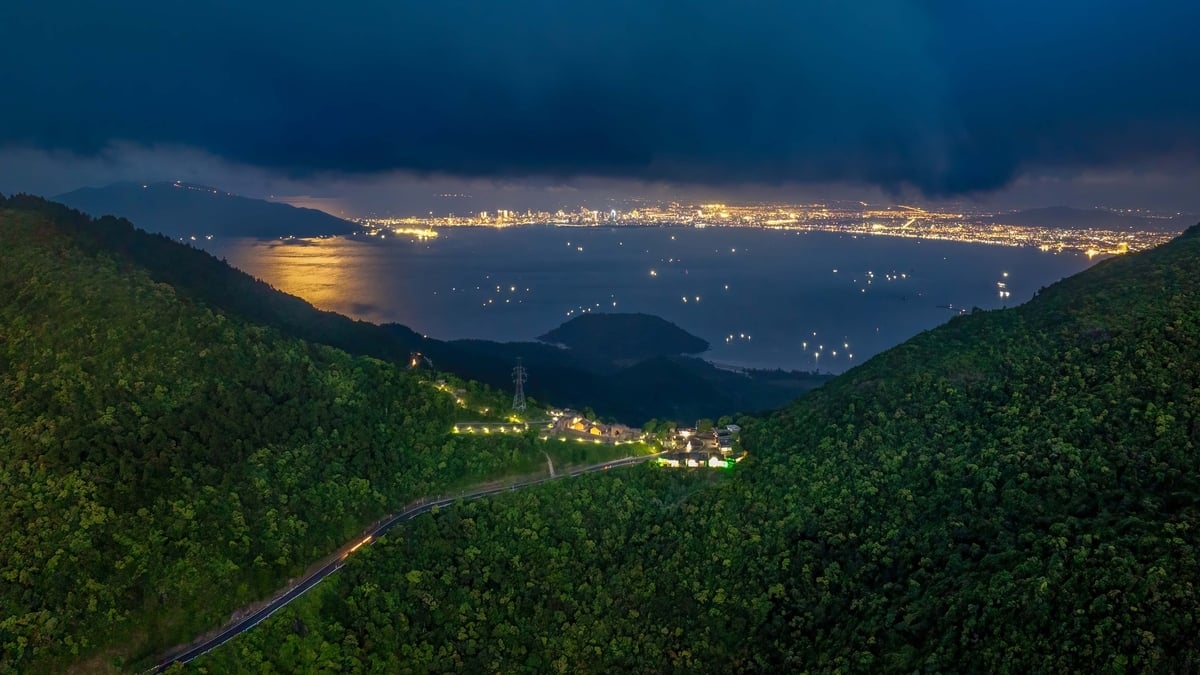
![[Photo] Prime Minister Pham Minh Chinh chairs a meeting on the implementation of the Lao Cai-Hanoi-Hai Phong railway project.](https://vphoto.vietnam.vn/thumb/1200x675/vietnam/resource/IMAGE/2025/5/20/0fa4c9864f63456ebc0eb504c09c7e26)
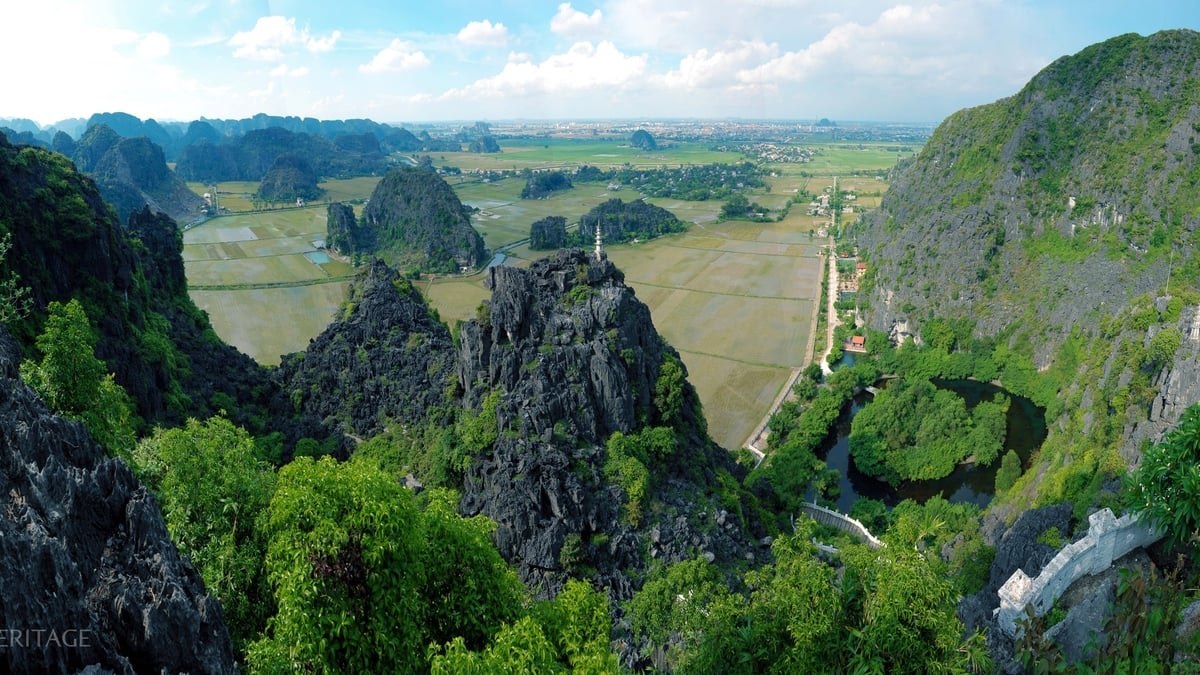
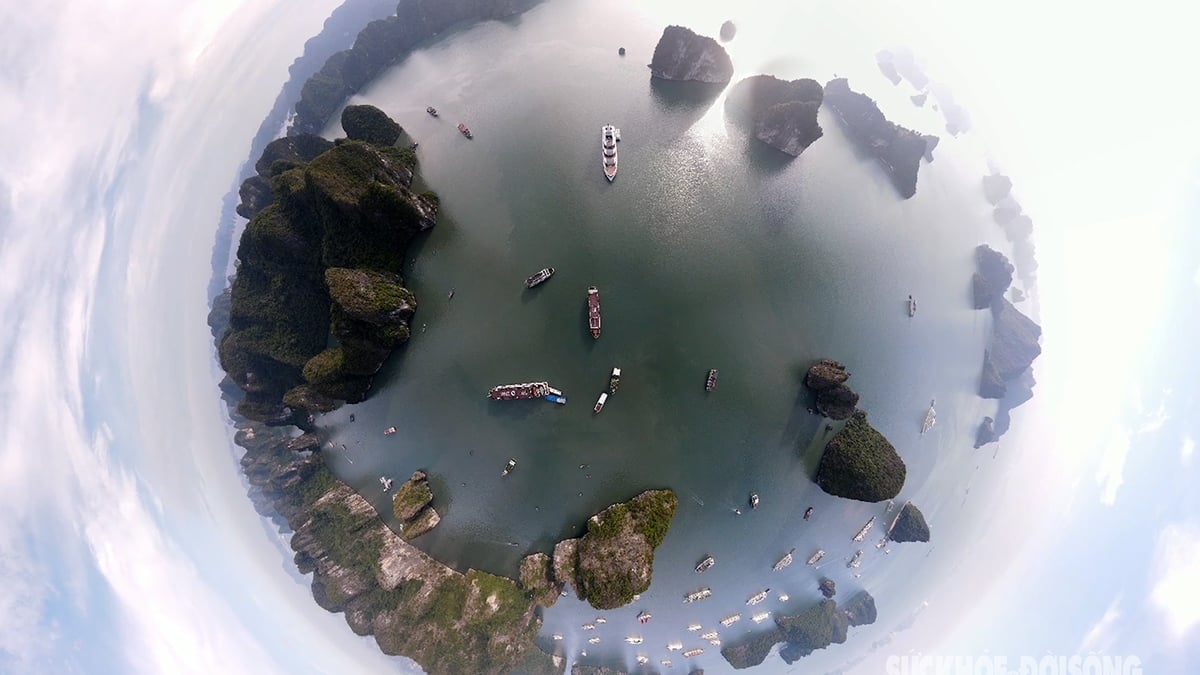






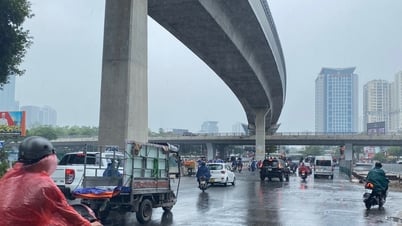


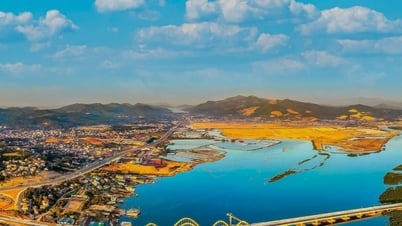
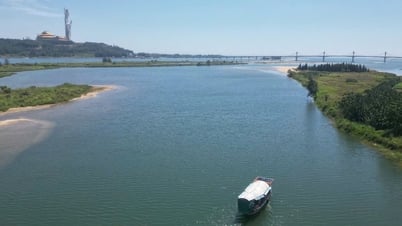








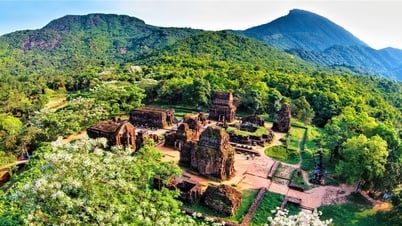


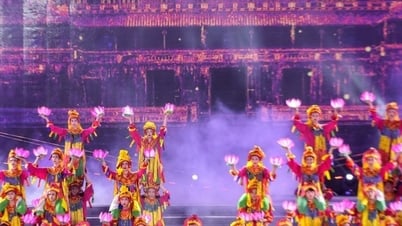






























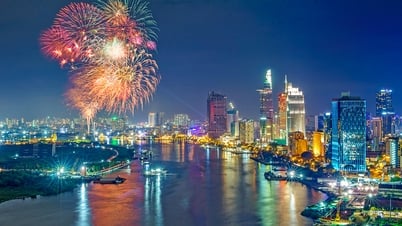
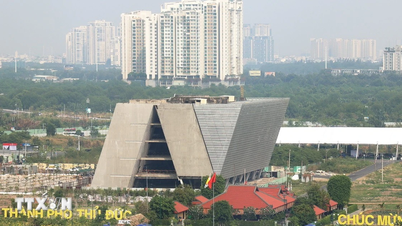
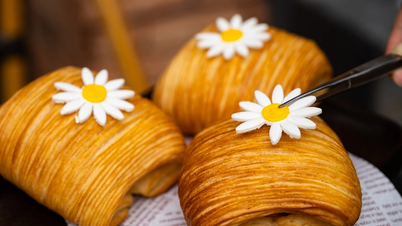







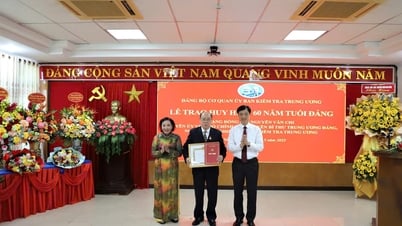


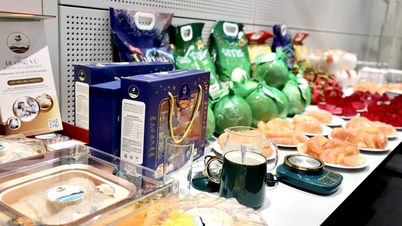

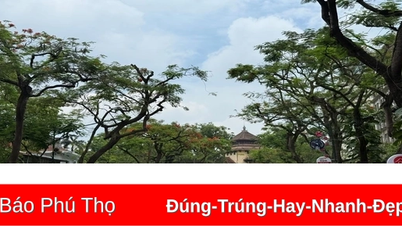

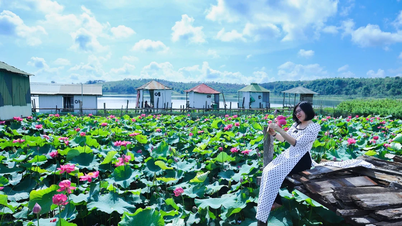

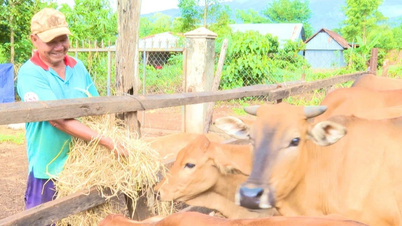



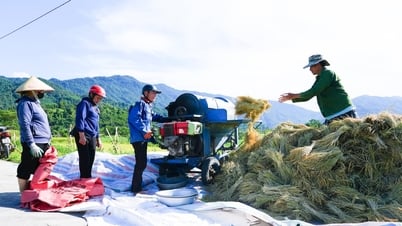











Comment (0)